-
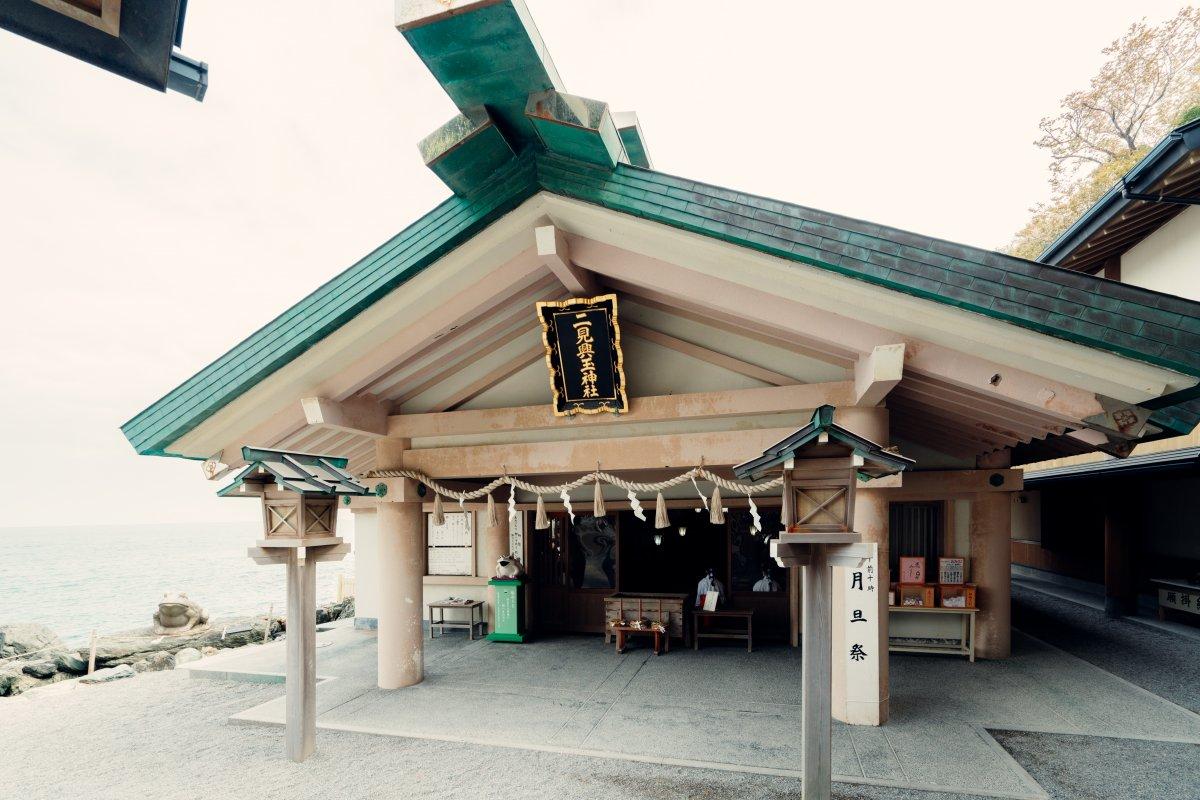
Futami Okitama Jinja(Wedded Rocks)
Ise City
famous for a pair of large and small rocks located side by side in the sea
-
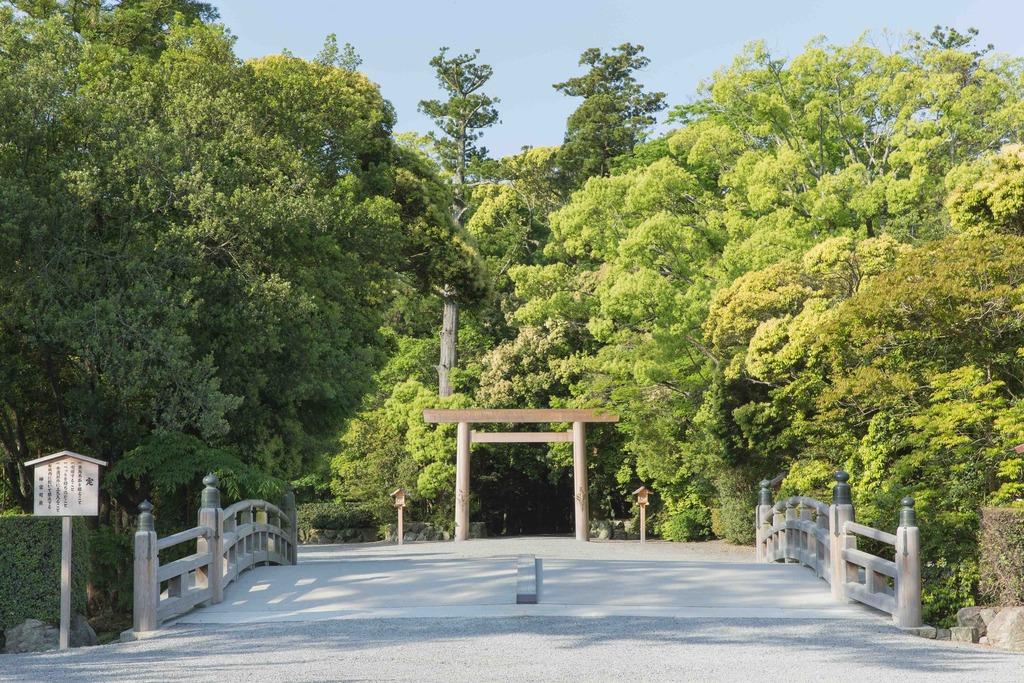
Ise Jingu (Geku)
Ise City
Contact with Soul of Japan
-
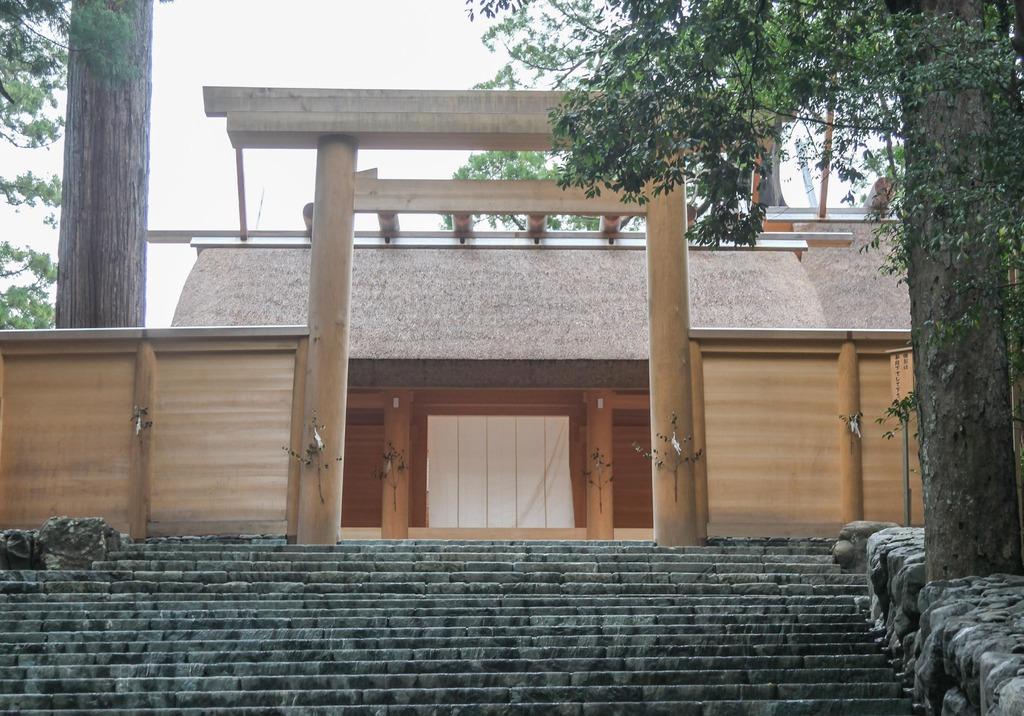
Ise Jingu (Naiku)
Ise City
Contact with Soul of Japan
-
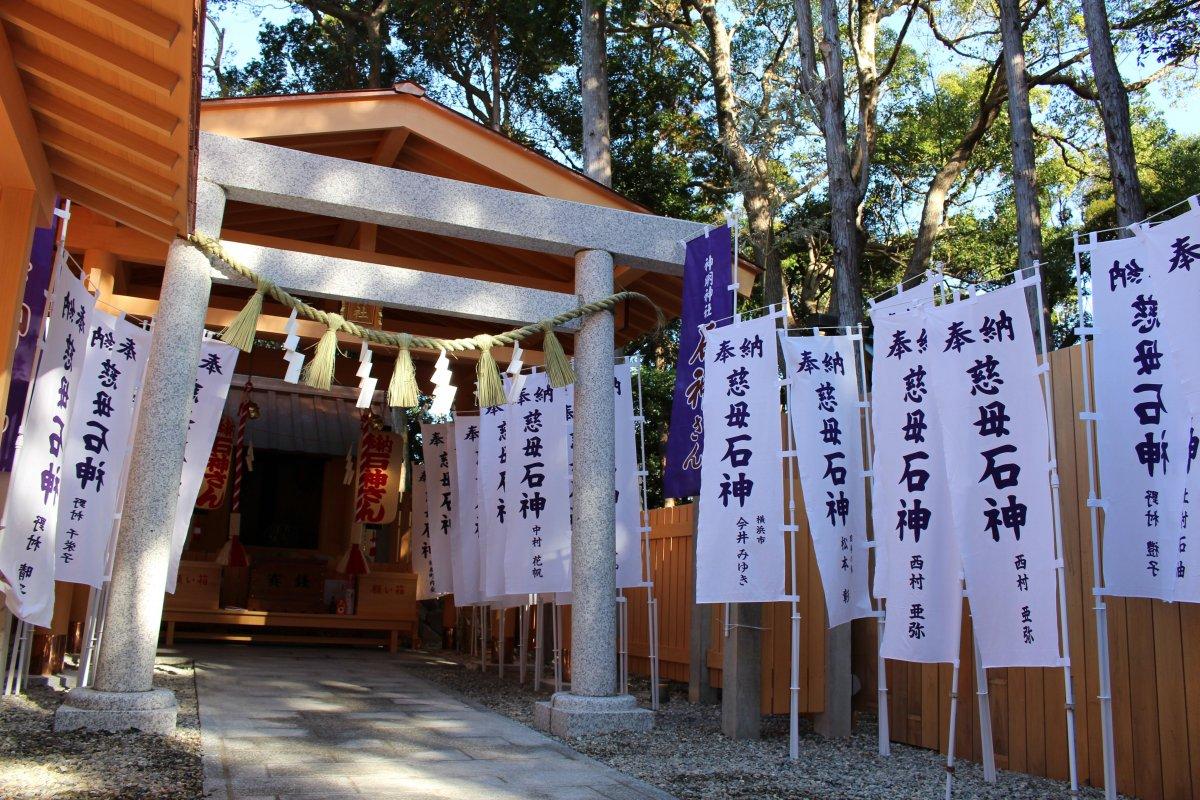
Ishigami-san
Toba City
Widely worshipped by members of the local Ama community
-
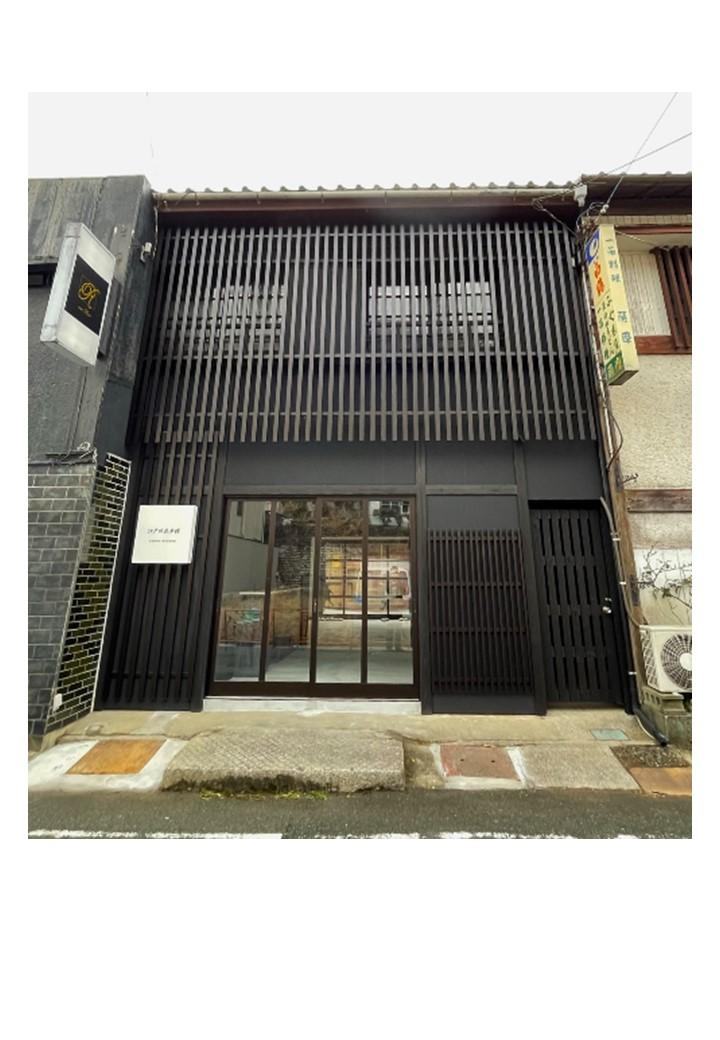
EDOGAWA RAMPO museum
Toba City
The museum reproduces the retro-feel of the streets of around 1955.
-
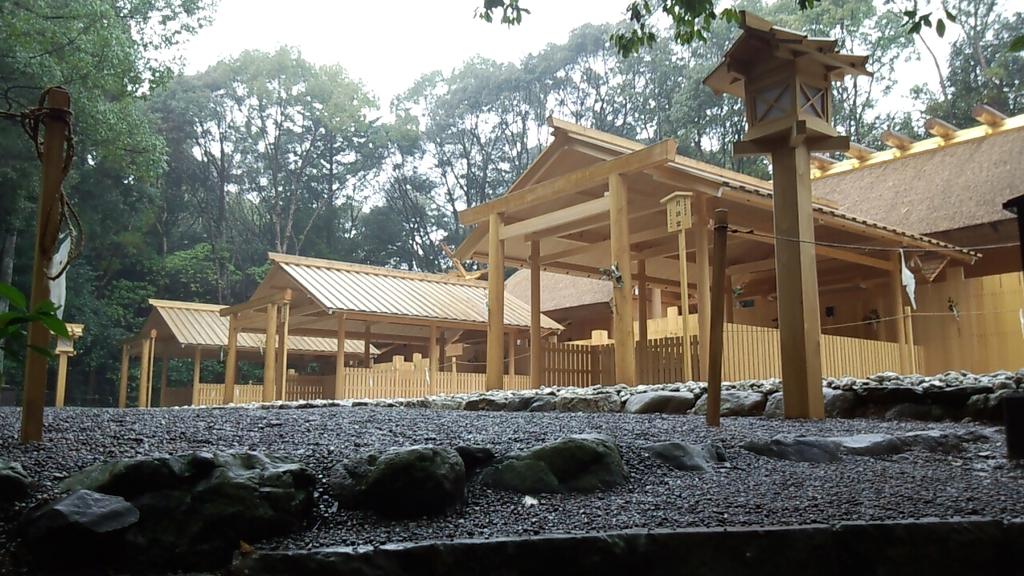
Tsukiyomi-no-miya (consisting of four affiliated betsugu)
Ise City
Betsugu of Naiku, sacred to Tsukiyomi-no-mikoto
-
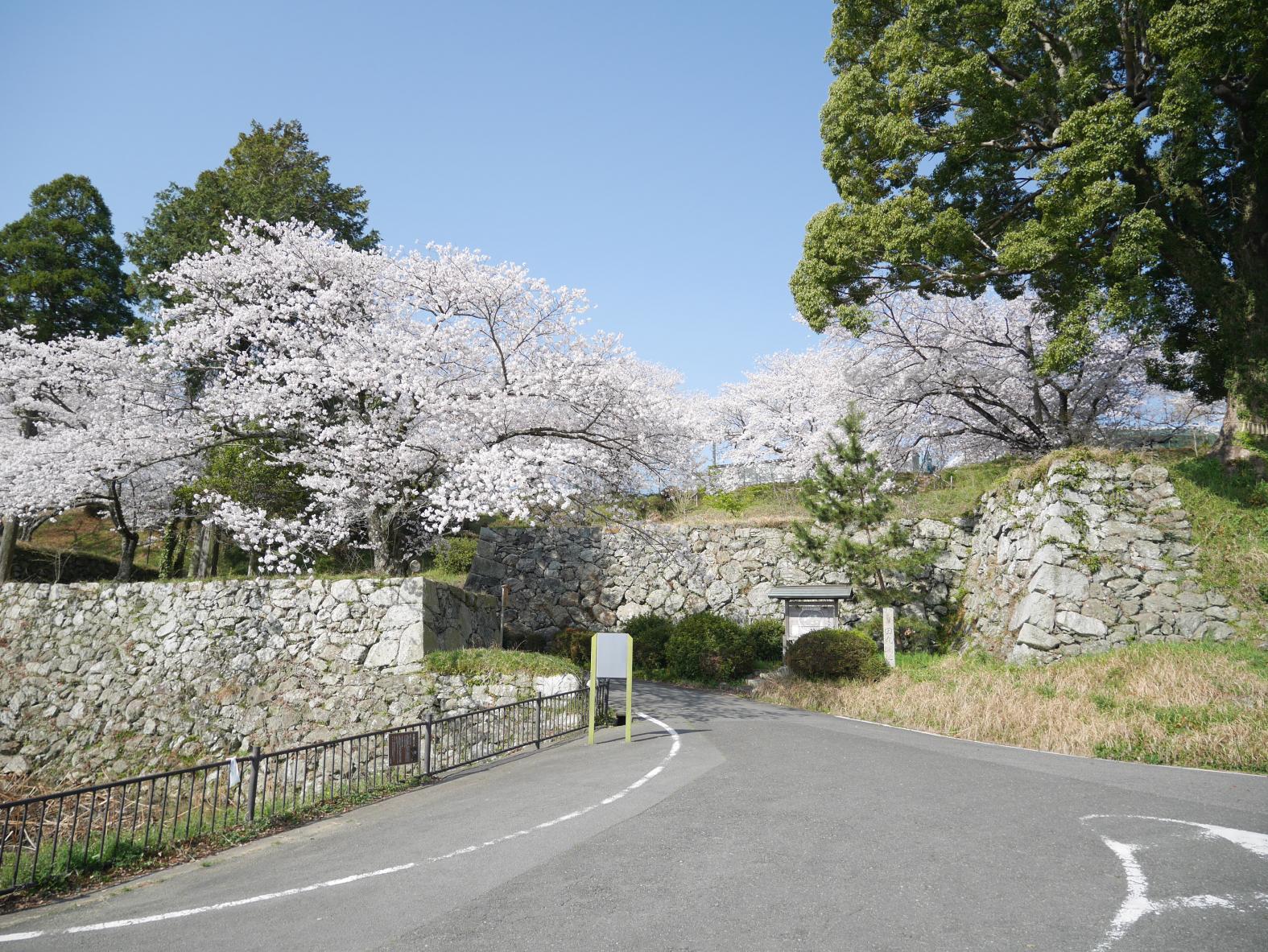
Ruin of Tamaru castle
Tamaki
Famous spot for cherry blossoms
-
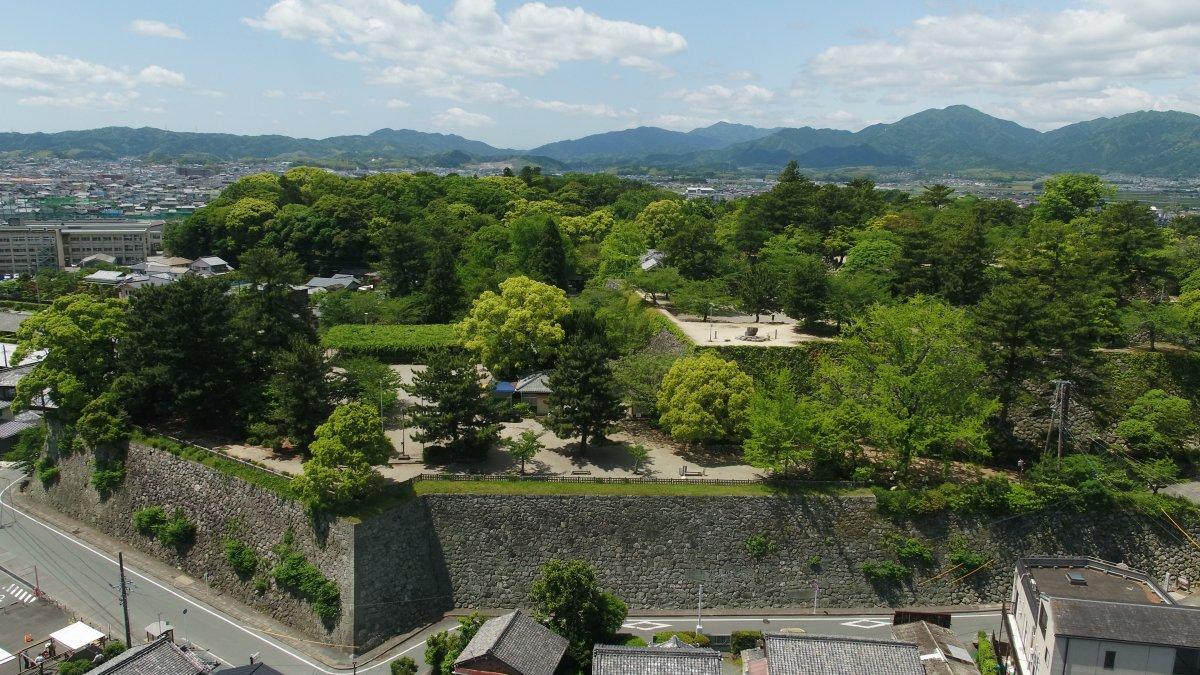
Matsusaka Castle Ruins
Matsusaka City
Built in 1588 by Ujisato Gamo
-
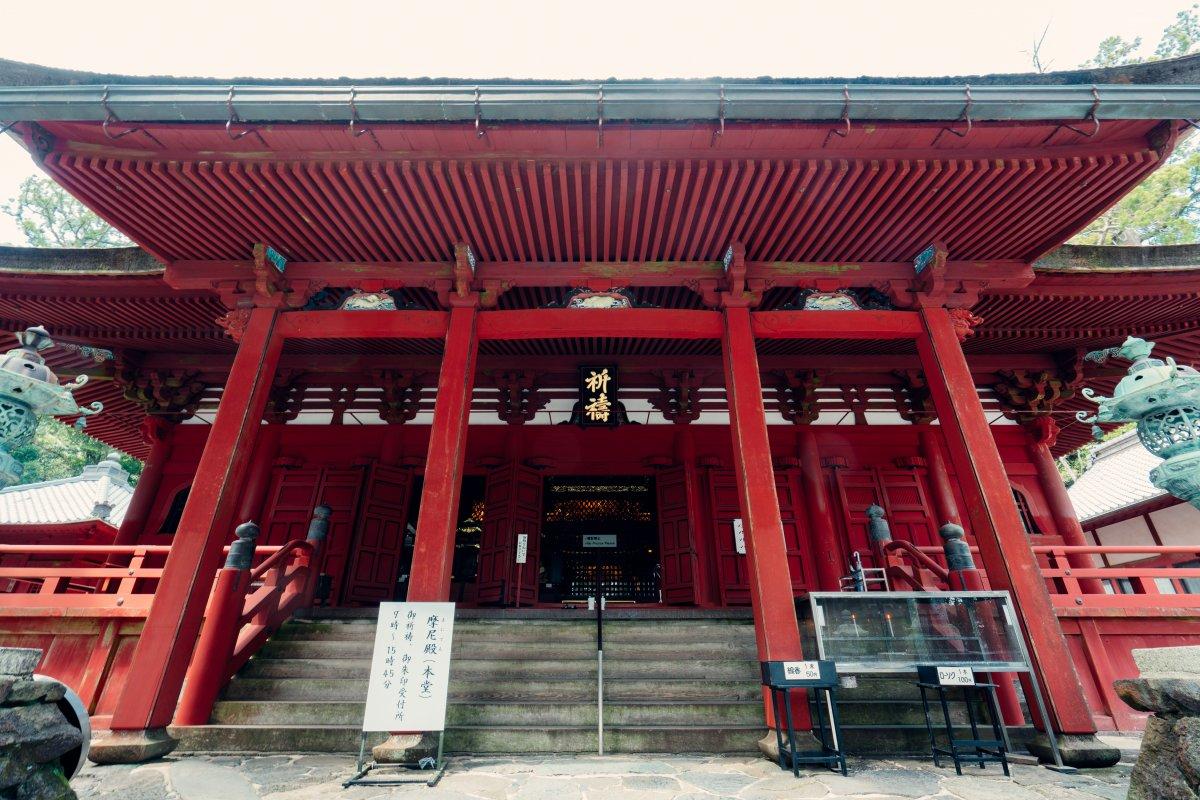
Asamadake Kongoshoji
Ise City
The main temple building is a National Important Cultural Property.
-

Rengeji
Watarai
This temple became a major foothold of the Southern Court and Emperor Godaigo
-
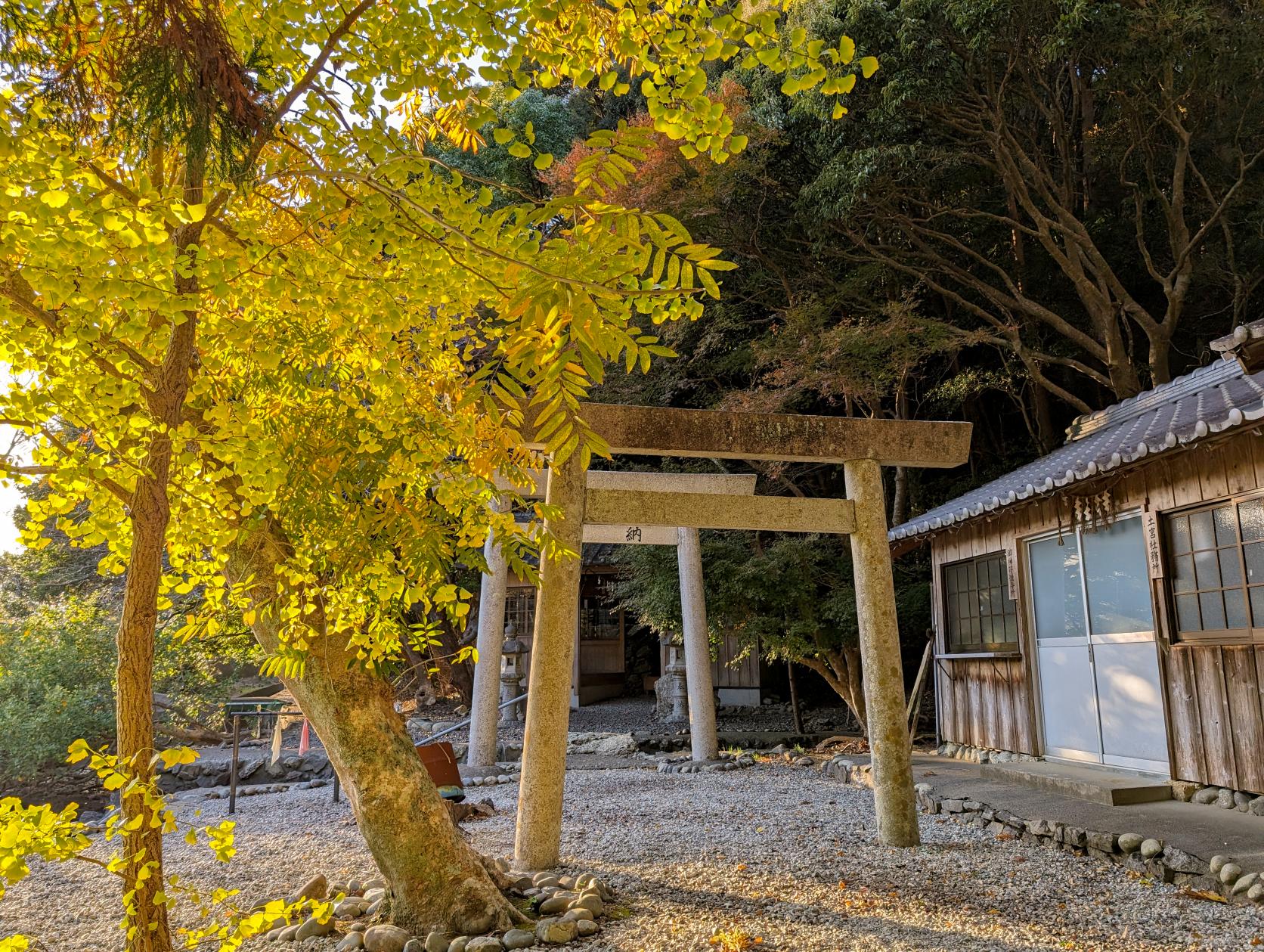
Tsuchi-no-miya
Minamiise
Many women visit the shrine to be blessed with easy deliveries and breast milk.
-
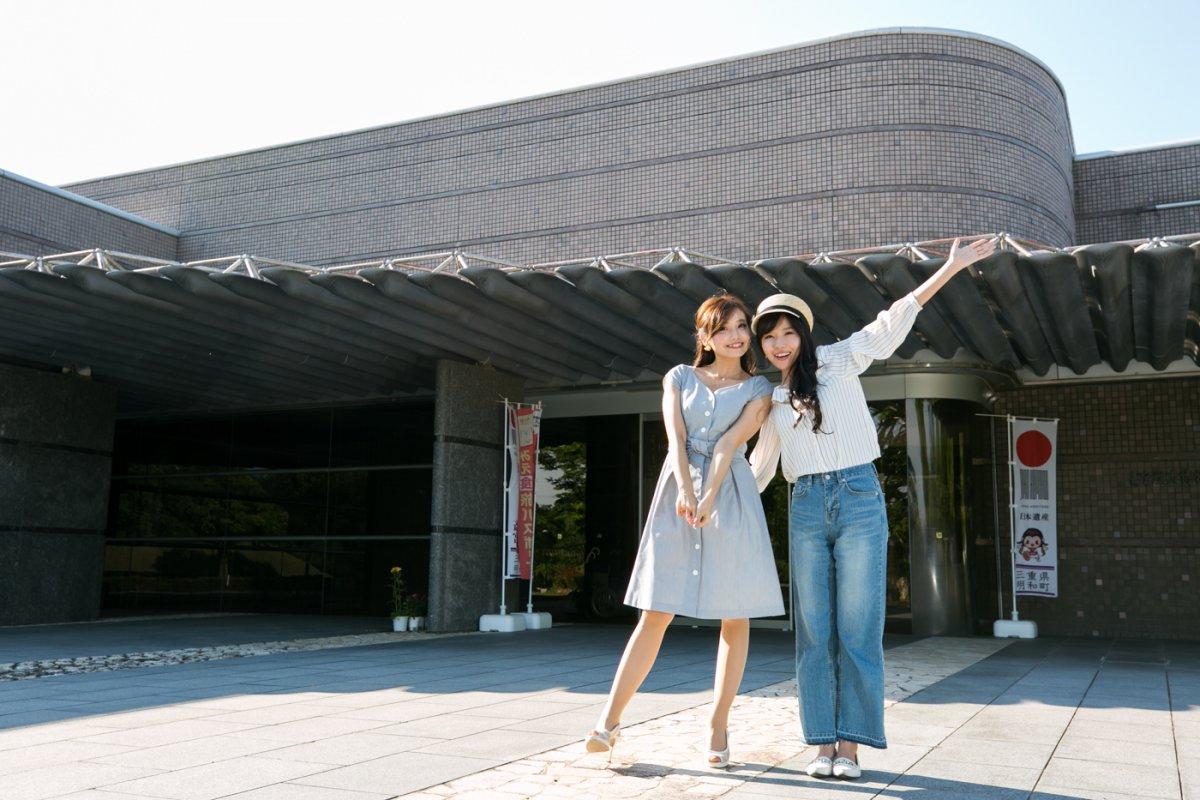
Saiku Historical Museum
Meiwa
The Saiku Ruins and the history of Saiku and Saio.
-
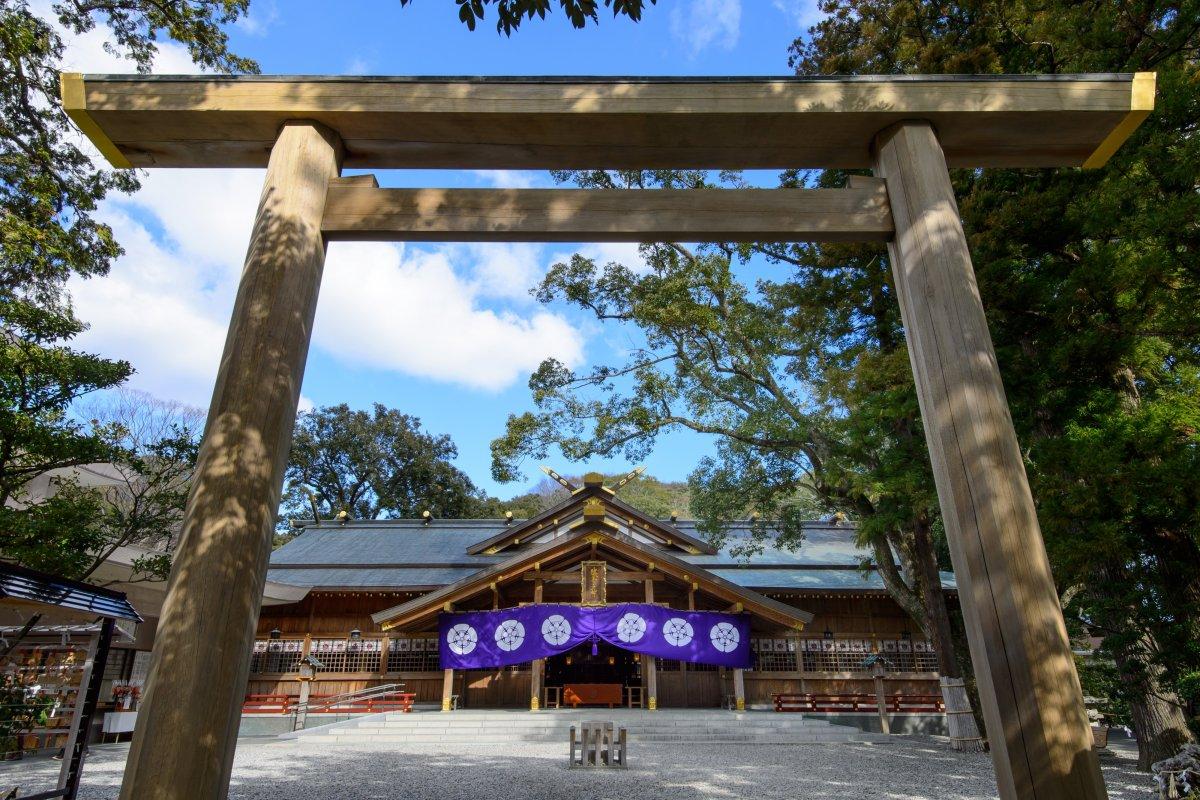
Sarutahiko Jinja
Ise City
Today the shrine attracts visitors praying for safe journeys and business success.
-
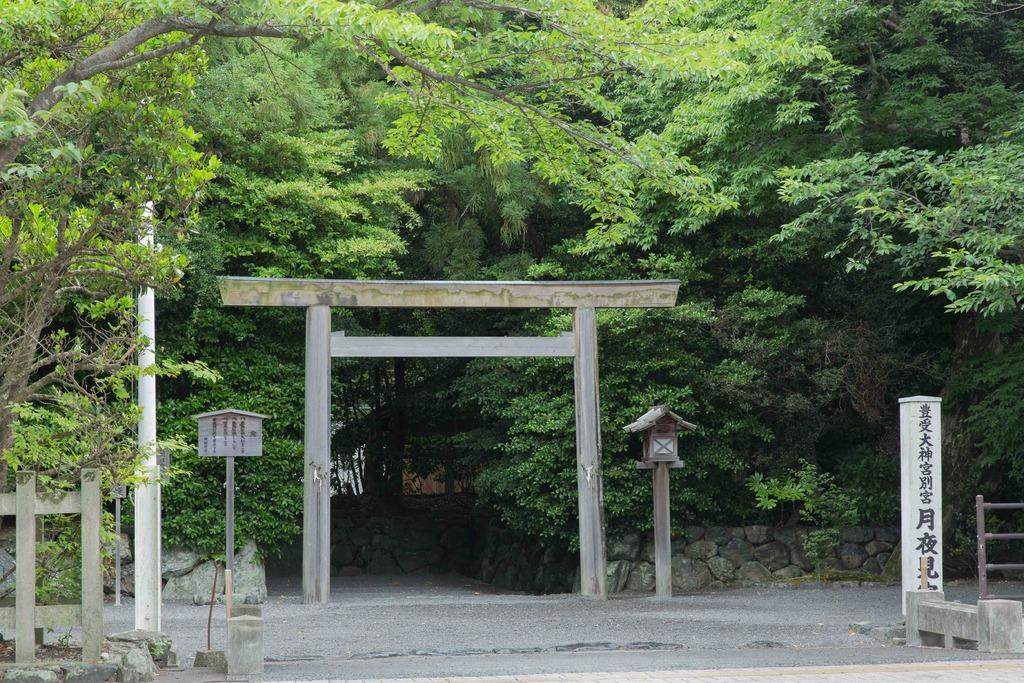
Tsukiyomi-no-miya (Geku Betsugu)
Ise City
This betsugu is a betsugu of Geku, sacred to Tsukiyomi-no-mikoto.
-
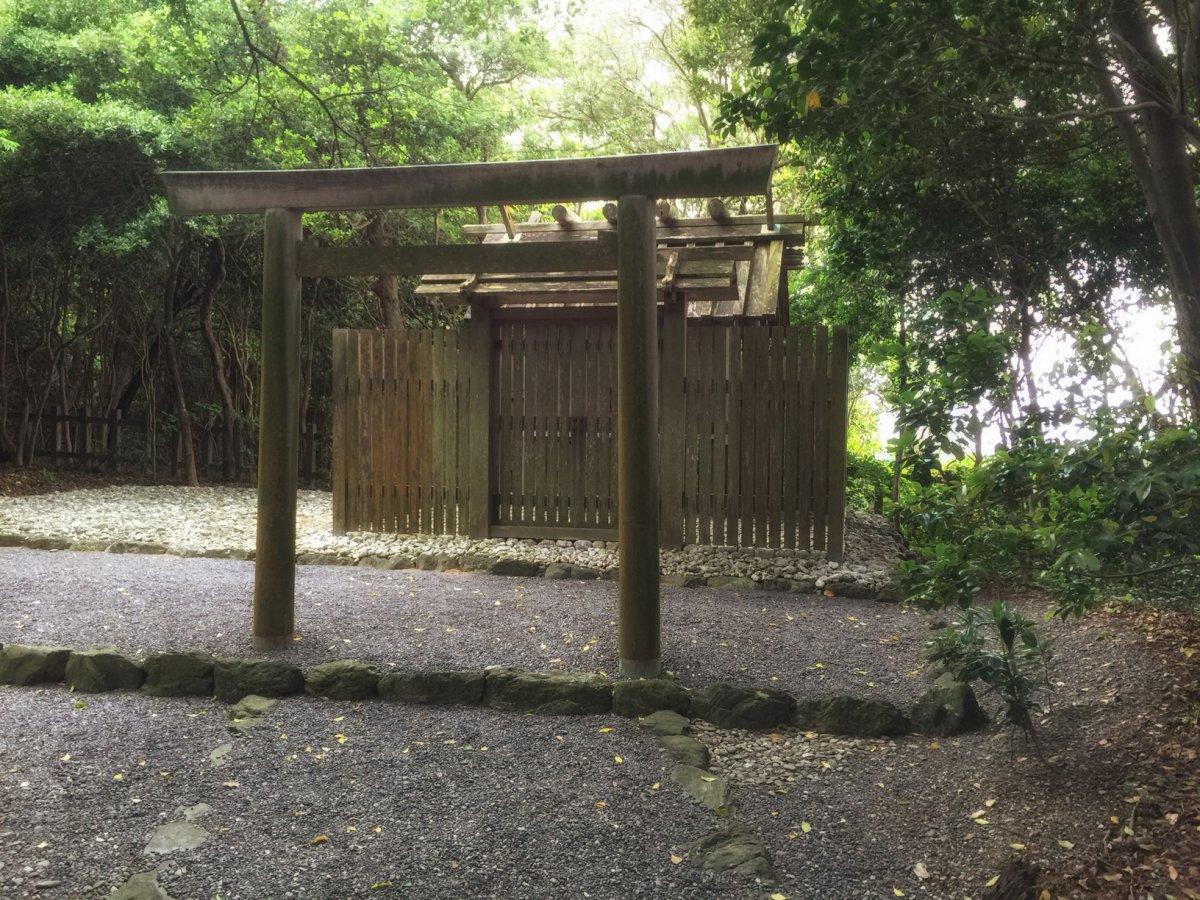
Awamiko Jinja
Ise City
Awamiko jinja retains the tradition of offering meals to Yamatohime-no-mikoto.
-
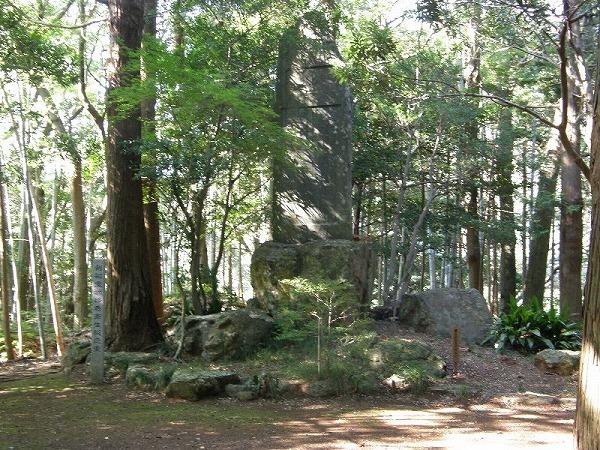
Remains of Gokasho Castle
Minamiise
Gokasho Castle was the castle of the powerful local clan, the Aisu, from the 14th to 16th centuries.
-
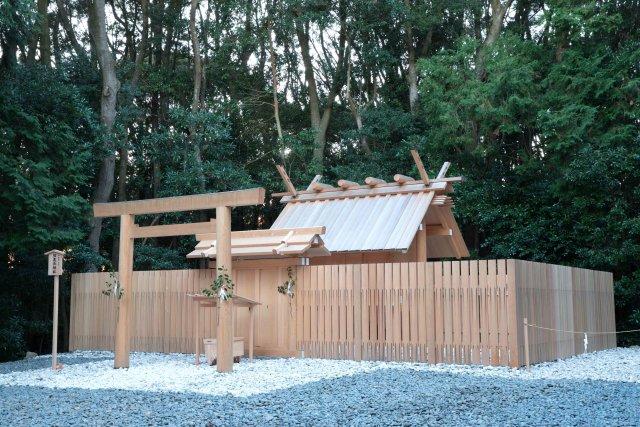
Saminaga Jinja (Izawanomiya Shokansha)
Shima City
The jinja is also known as Hootoshi no Yashiro.
-
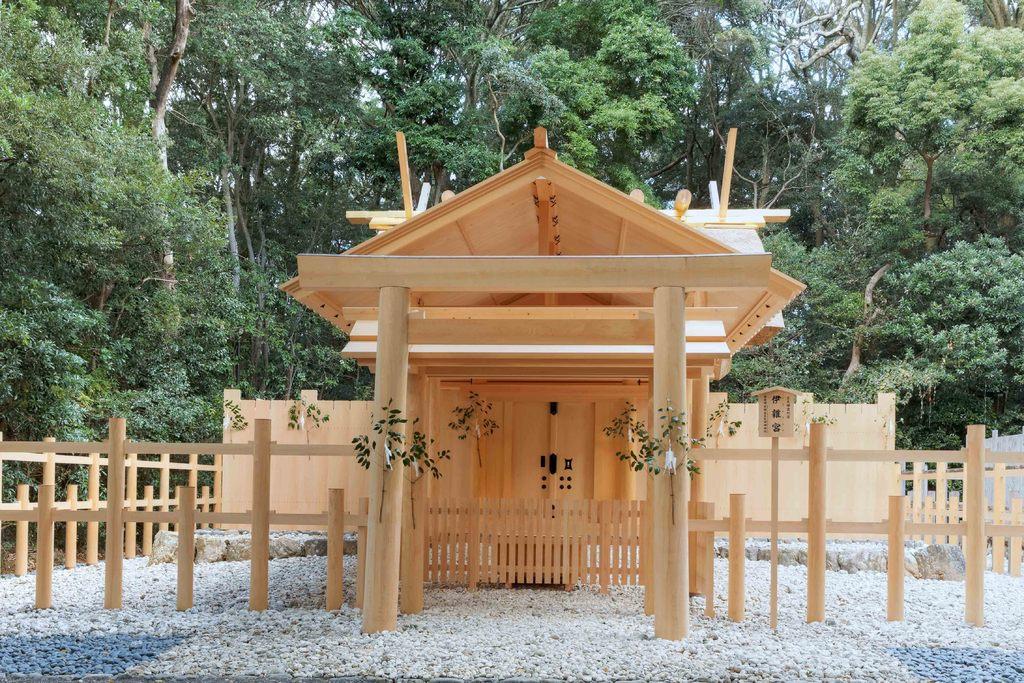
Izawa-no-miya
Shima City
The betsugu has been worshiped as the guardian of agriculture and fishery from ancient times.
-
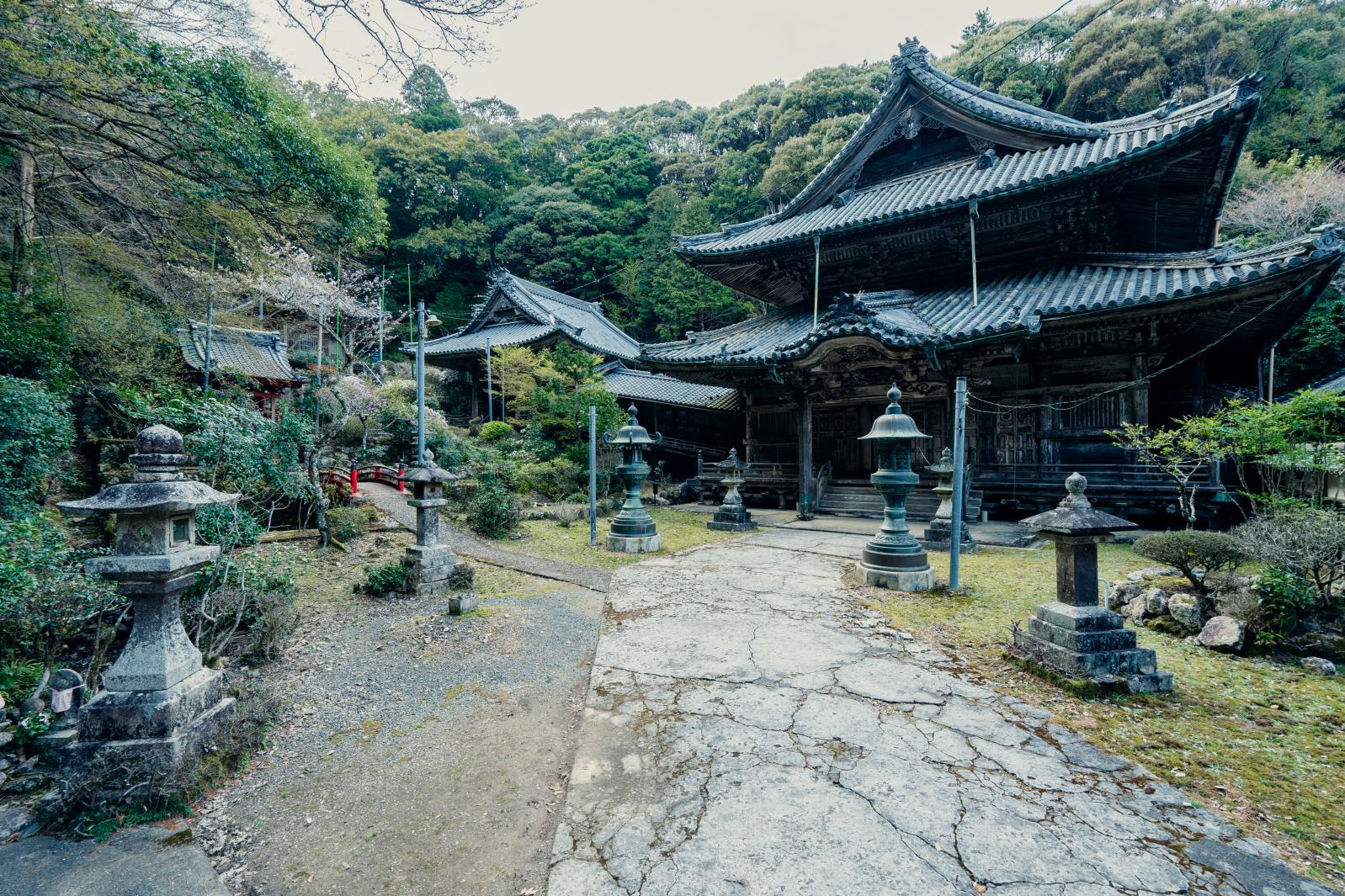
Aonominesan Shofukuji
Toba City
Many Ama divers wear amulets from this temple.
-
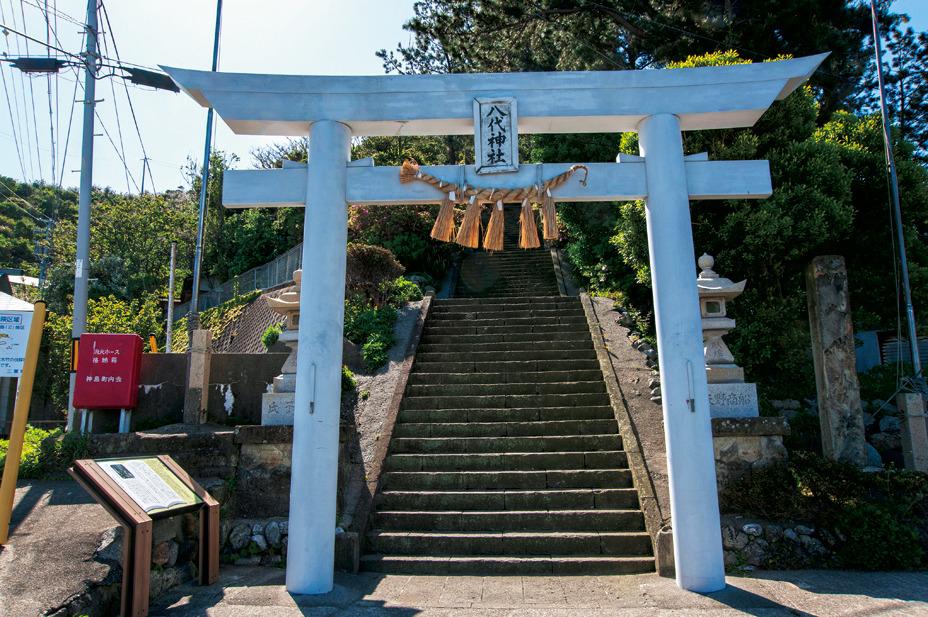
Yatsushiro Jinja
Toba City
The top of 214 stone steps
-
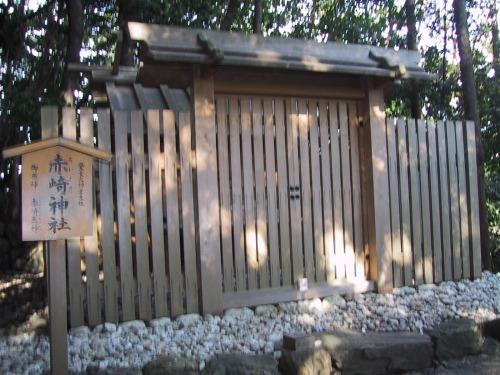
Akasaki Jinja (Geku Massha)
Toba City
Akasaki jinja worships the guardian deity for harvesting marine products.
-
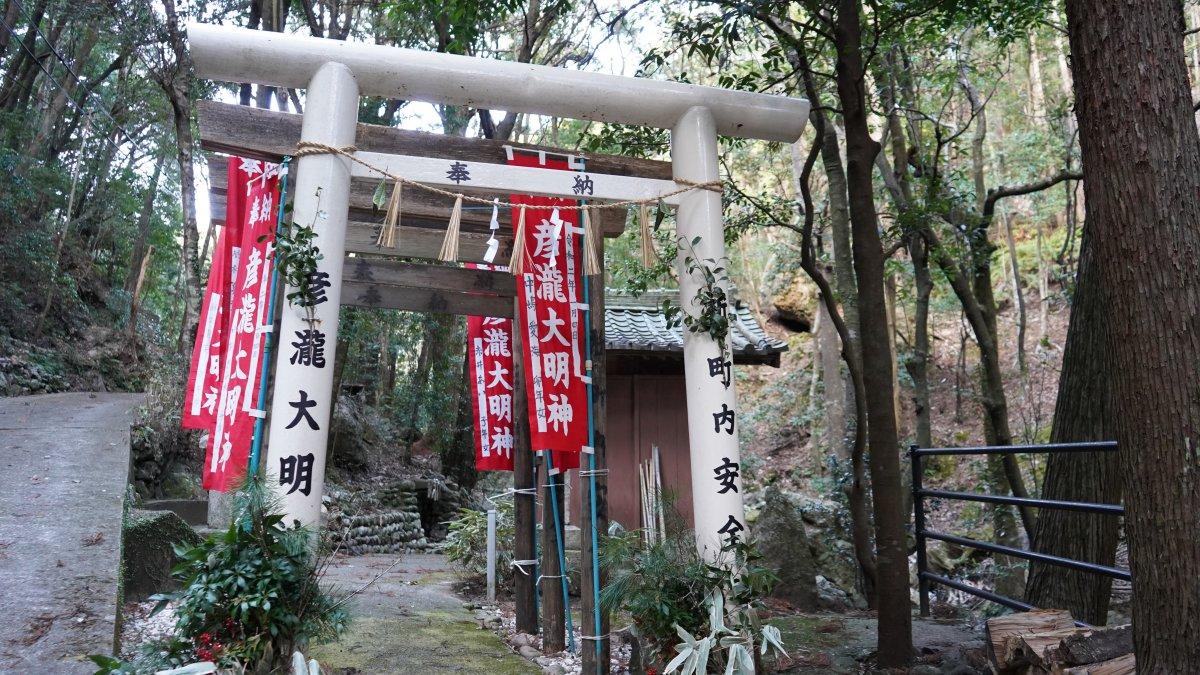
Hikotaki Daimyojin
Toba City
Dedicated to the white snake.
-
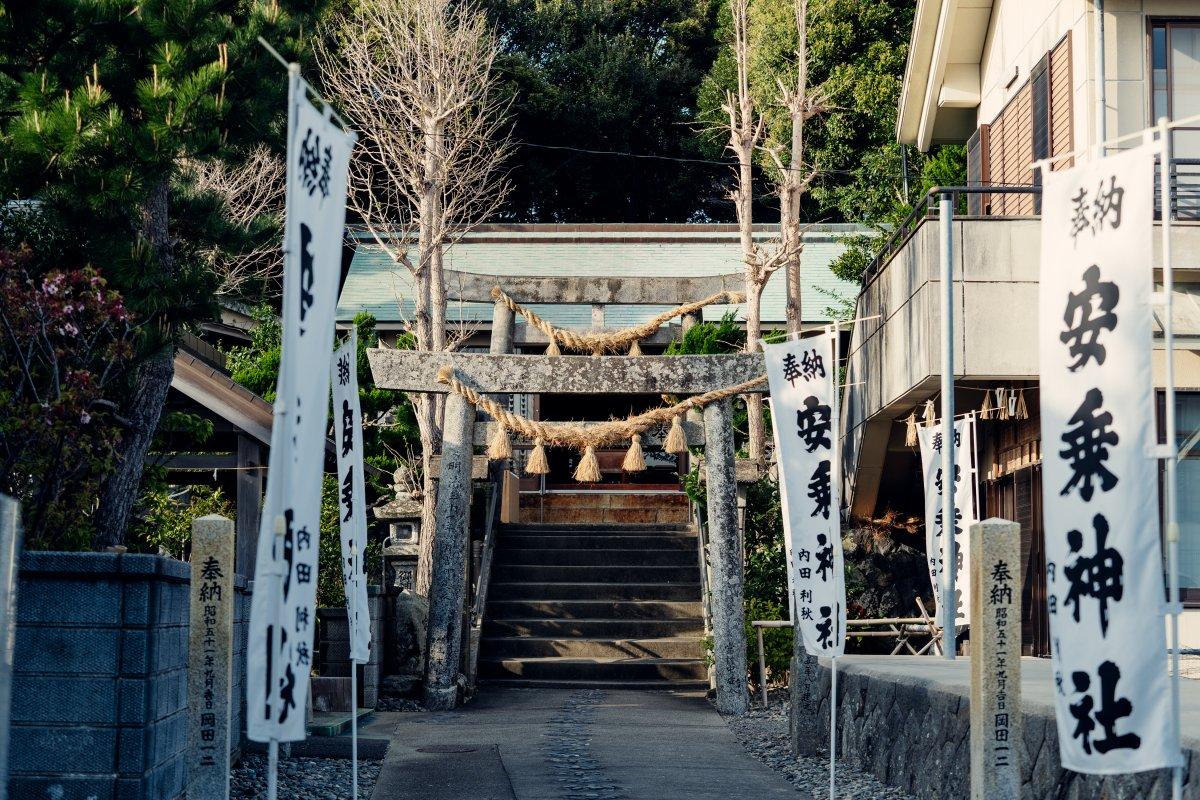
Anori Shrine
Shima City
The meaning of name is riding on the wave of better fortune safely
-
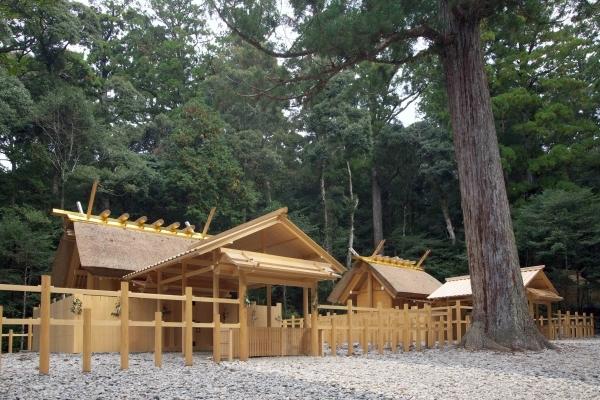
Takihara-no-miya
Taiki
It boasts an atmosphere probably deemed as the prototype of Naiku and its sanctuary.
-
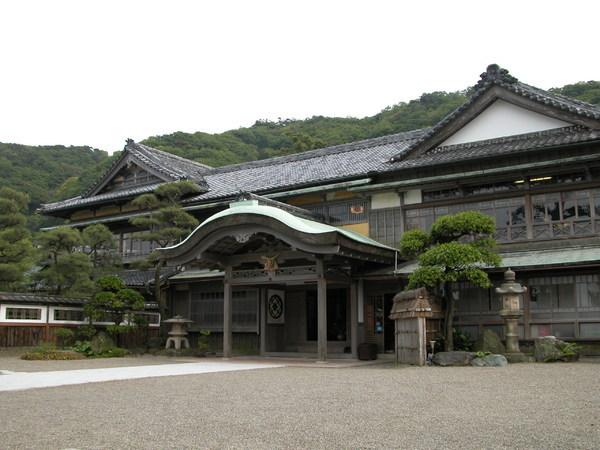
Hinjitsu-kan
Ise City
The building is said to represent the epitome of Japanese traditional architecture of the time in its sophisticated design.
-
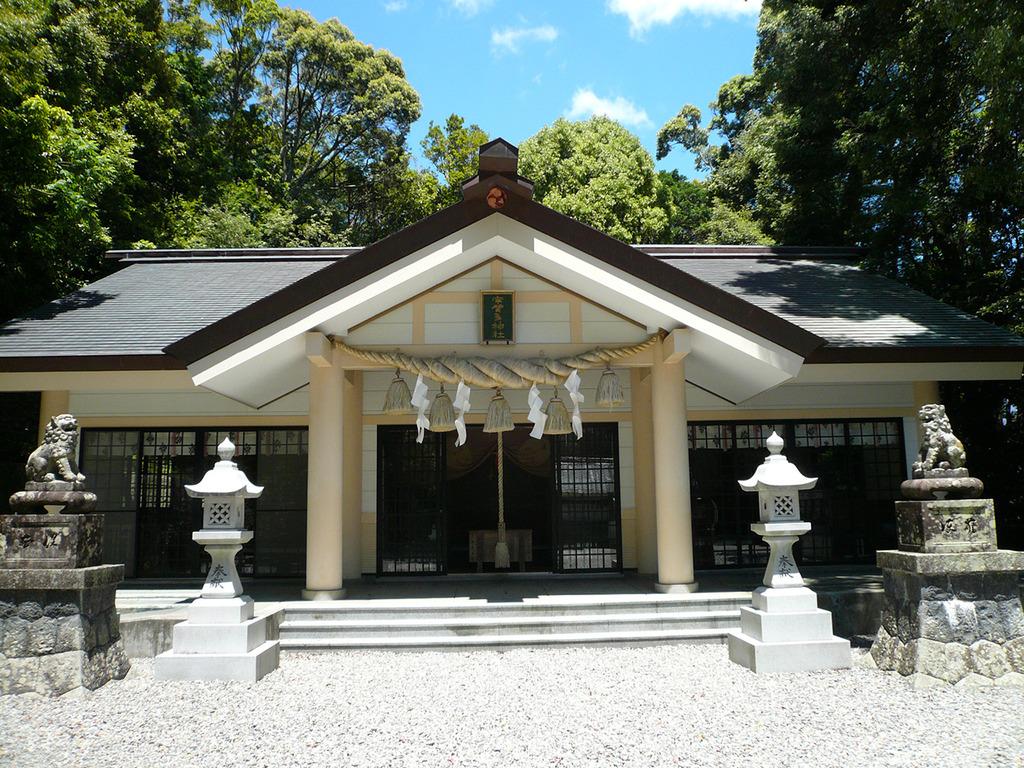
Ugata Jinja
Shima City
This shrine attracts worshippers looking for luck in competitions and matches
-
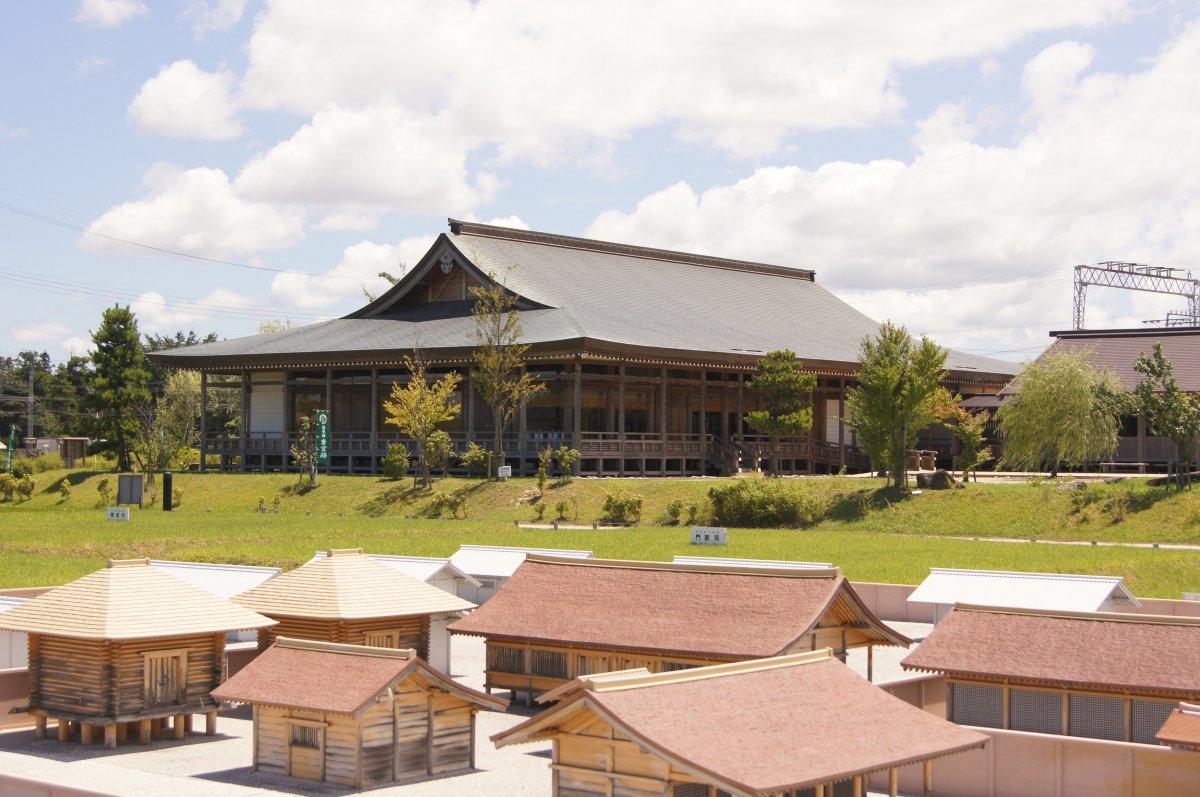
Itsukinomiya Hall for Historical Experience
Meiwa
Visitors can also enjoy trying on costumes of genuine royalty and nobility, such as 12-layered ceremonial kimono
-
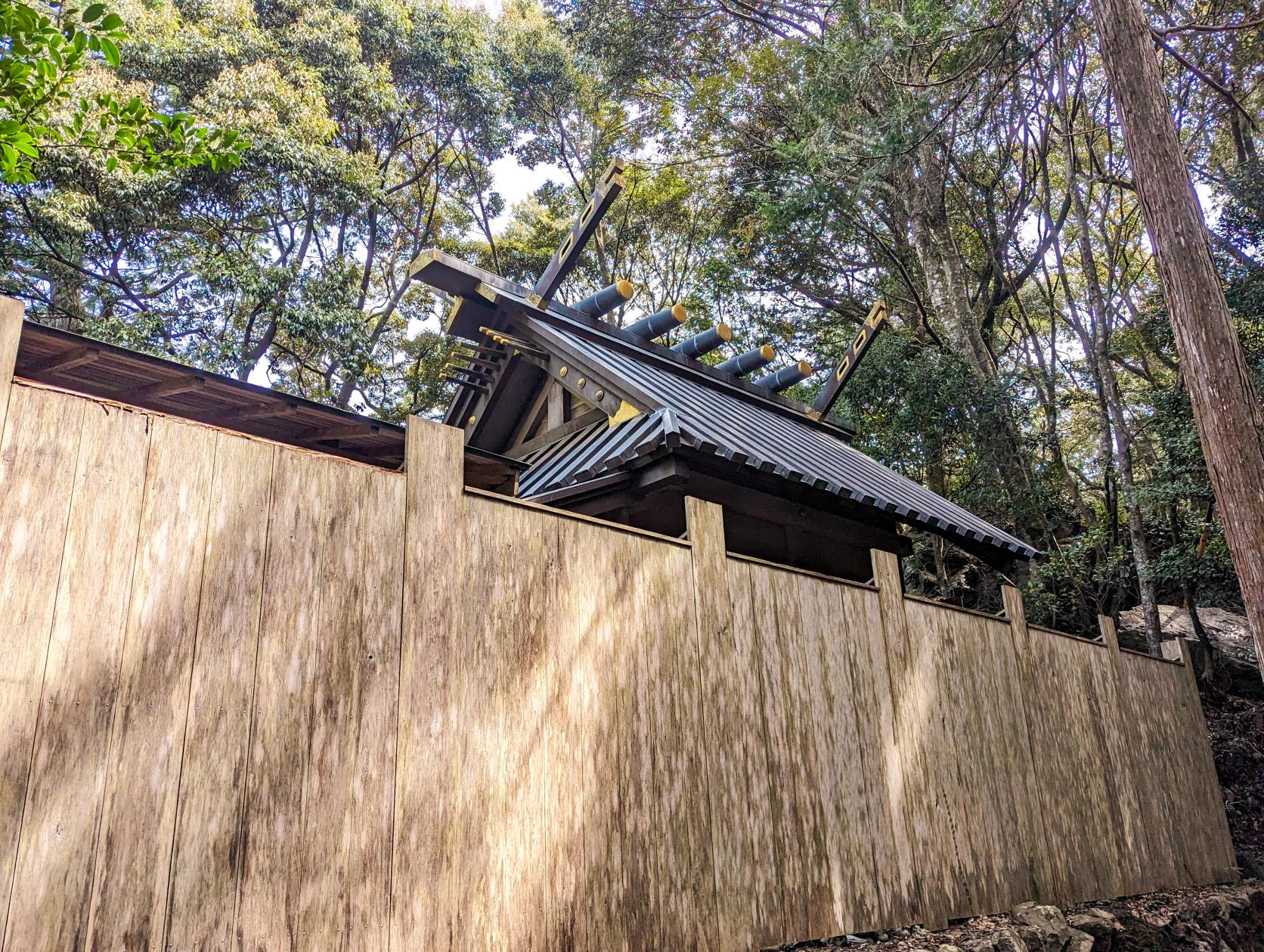
Sengu Jinja
Minamiise
Valuable treasures, such as paintings related to Japanese mythology have been dedicated to this shrine.
-
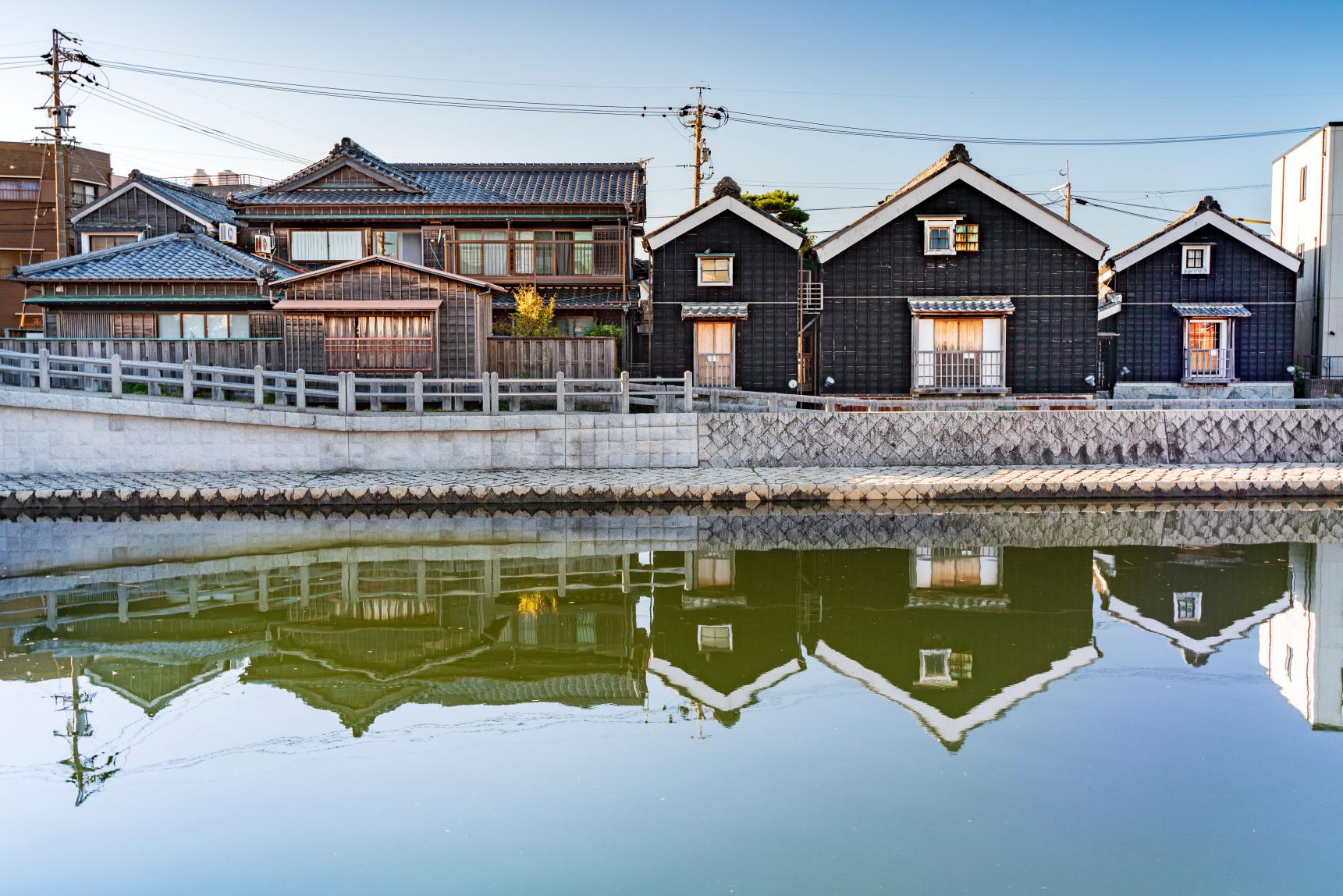
Townscape of Kawasaki
Ise City
The former kitchen of Ise
-
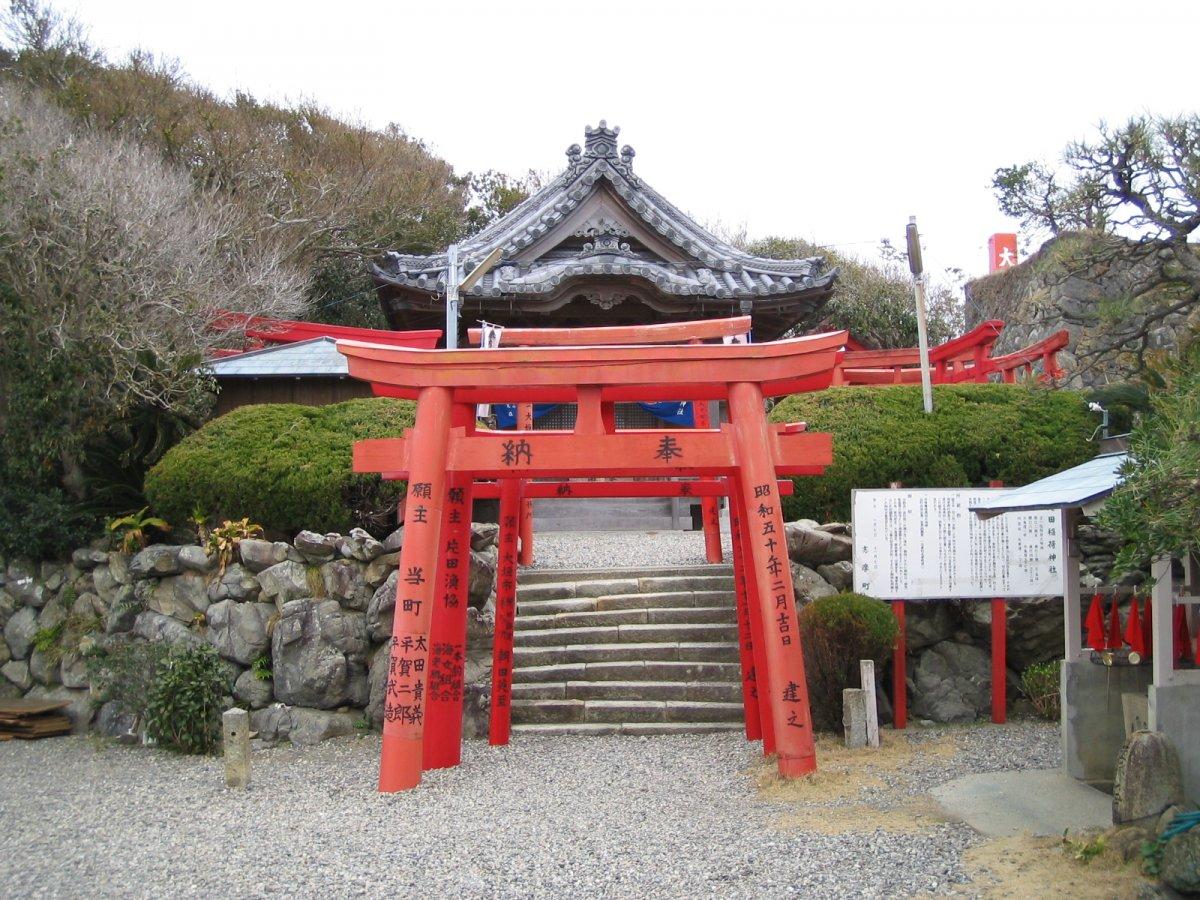
Katada Inari Jinja
Shima City
Painted with colorful flowers and birds by a prominent local artist.
-
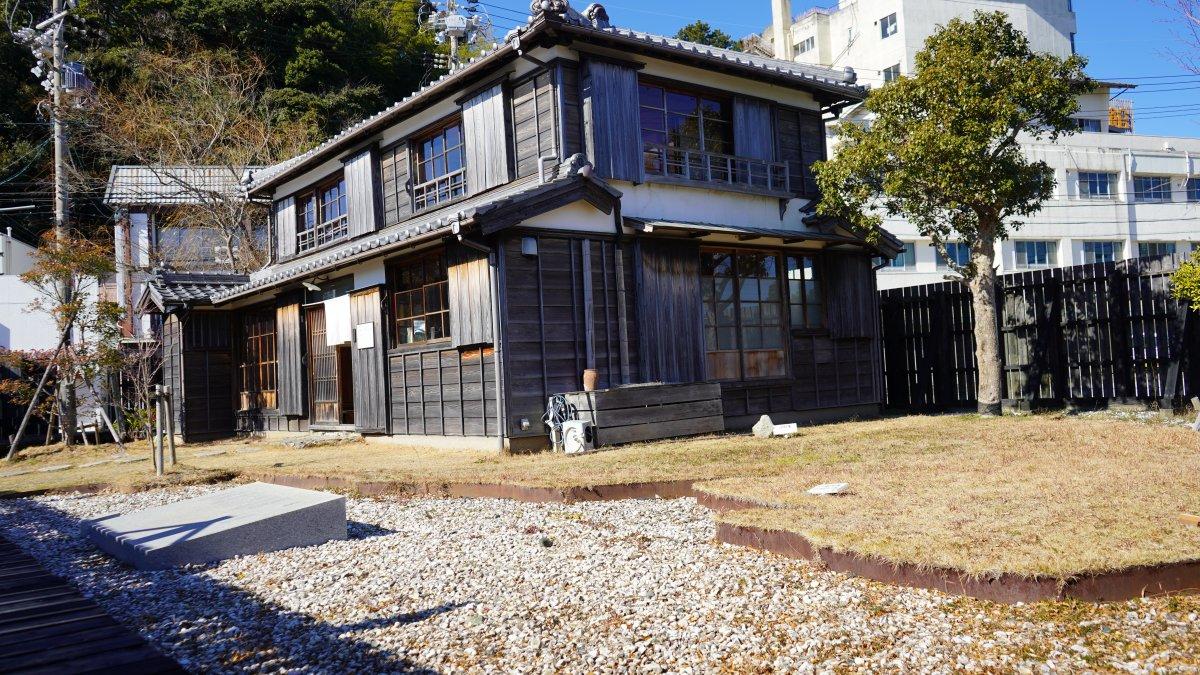
Irako Seihaku's House
Toba City
Seihaku Irako was a physician and also active as a successful poet until around 1940.
-
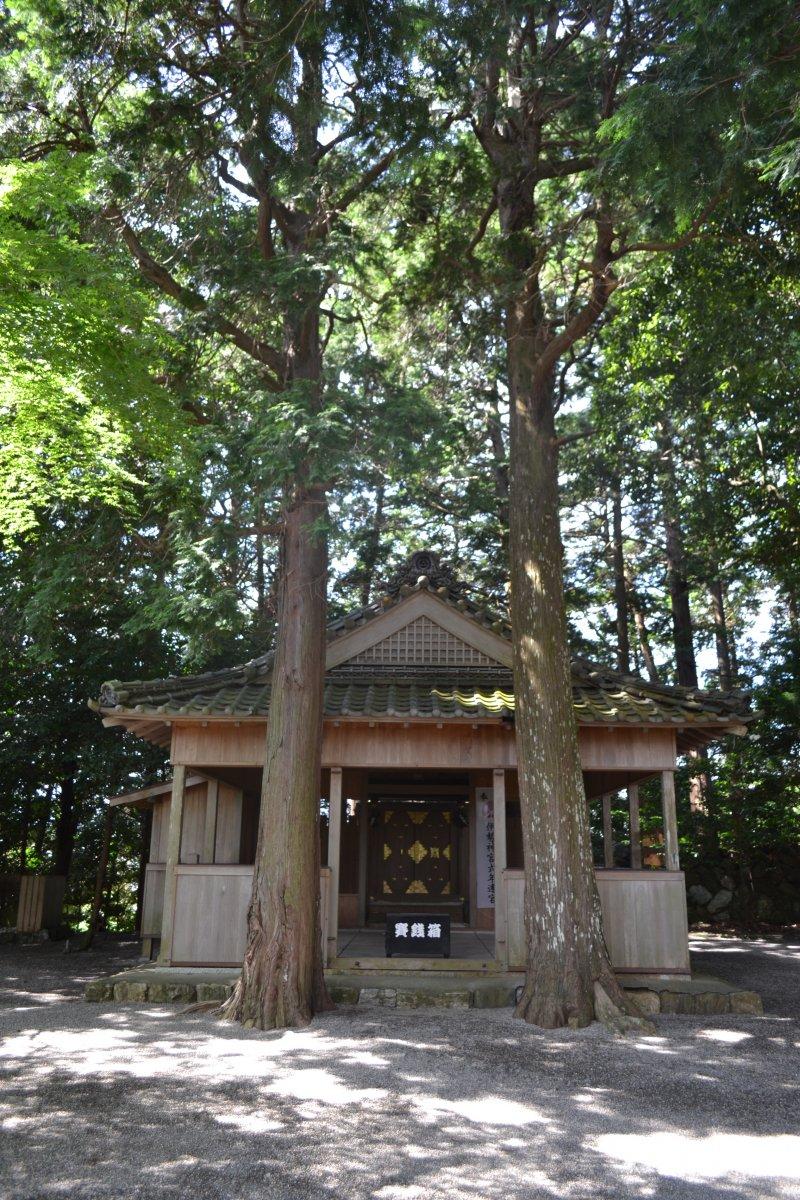
Kou Jinja
Tamaki
A small shrine enshrined first as Sarutahiko-okami
-

Saiku Heian Era Park
Meiwa
(Japan Heritage)Reconstructed buildings from the beginning of the 9th century.
-
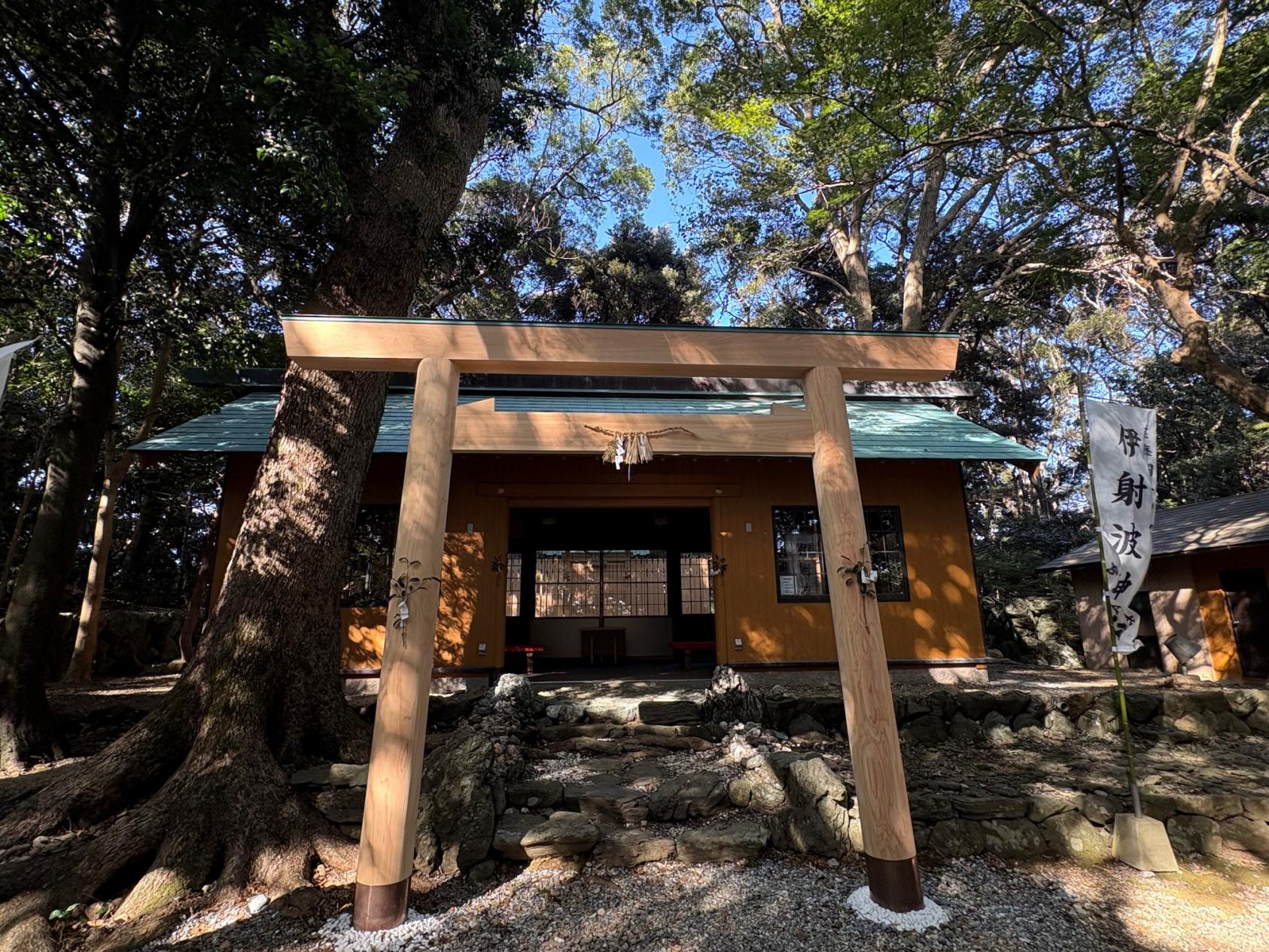
Isawa Jinja (Kaburako-san)
Toba City
The shrine is called Kaburako-san and is a popular destination for women.
-
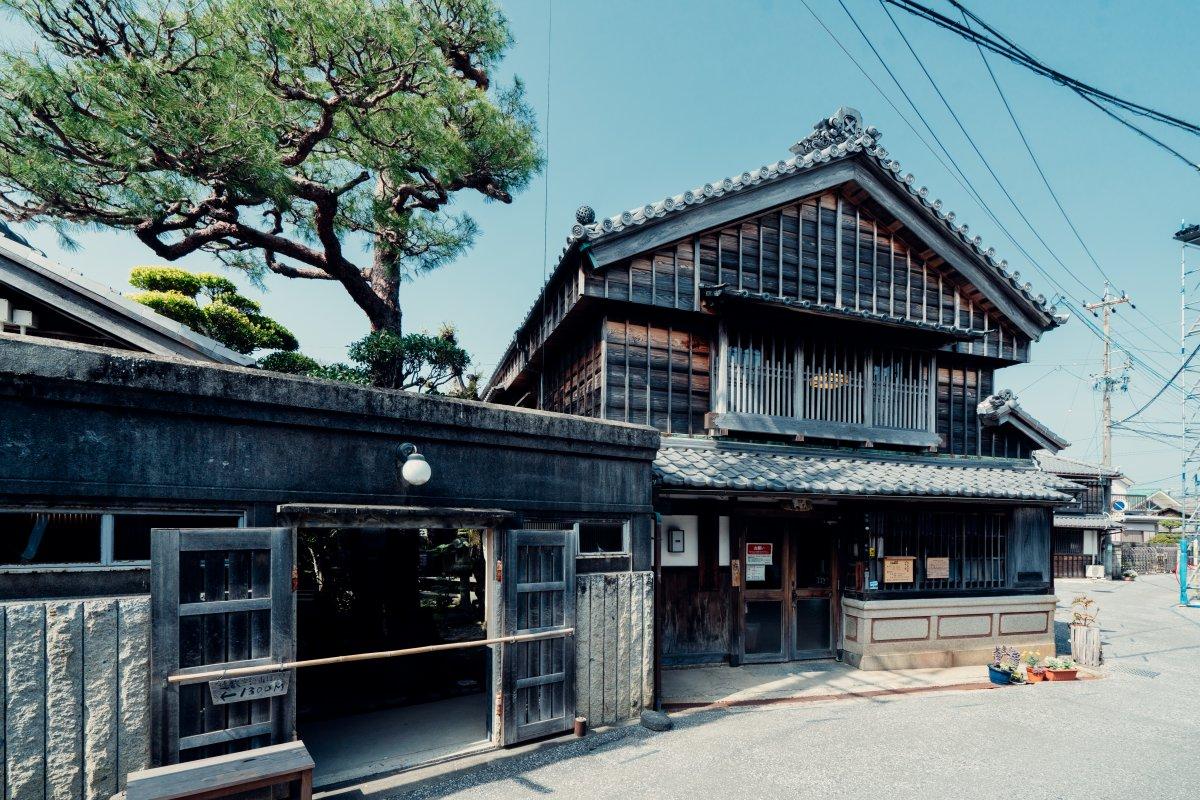
Ise Kawasaki Merchant Museum
Ise City
Roughly 300-year-old sake wholesaler's house restored as a visitor attraction
-
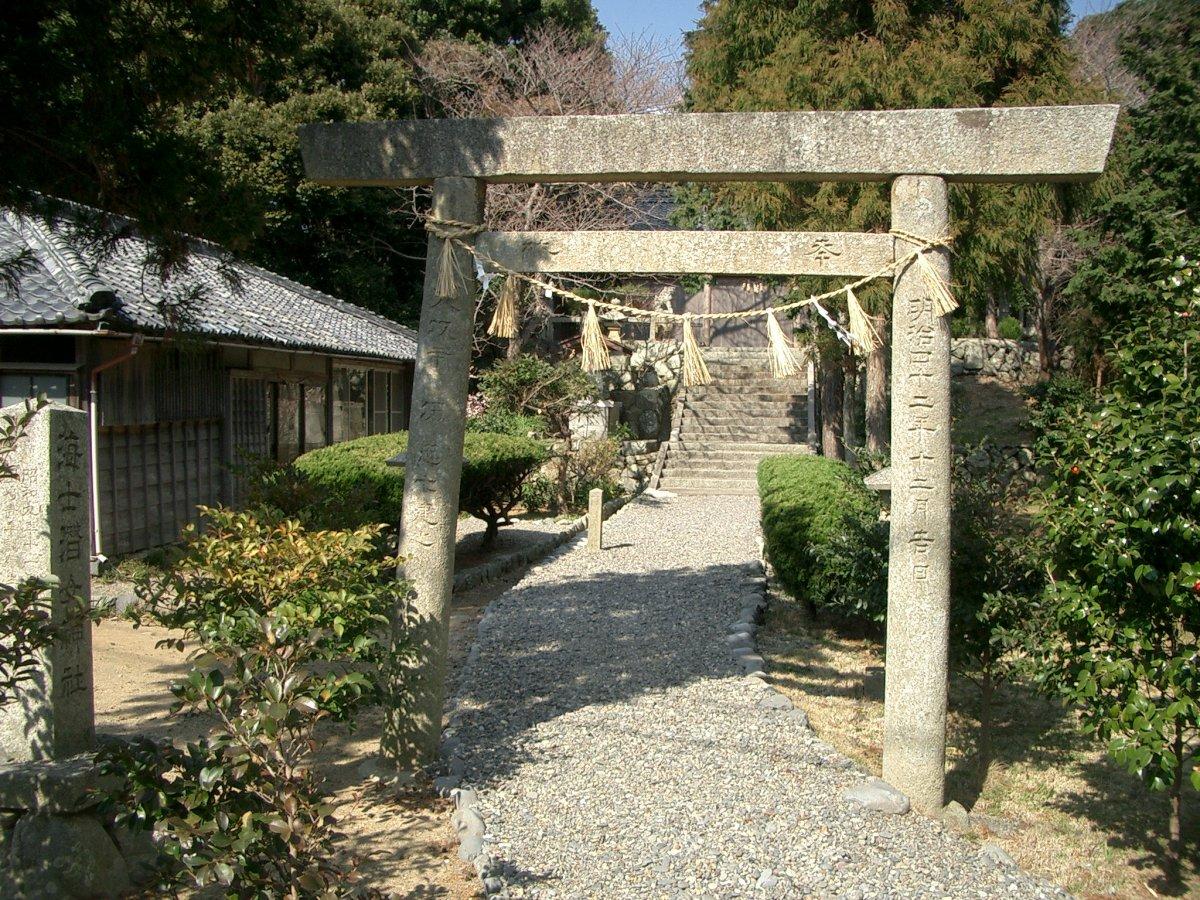
Amakazukime Jinja
Toba City
Amakazukime jinja is worshipped by local Ama
-
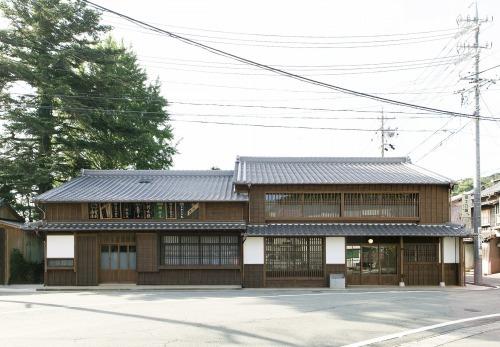
Toba Oo-shoya Kadoya
Toba City
Contains valuable folk material that honors the history of Toba, including the oldest Japanese-made organ.
-
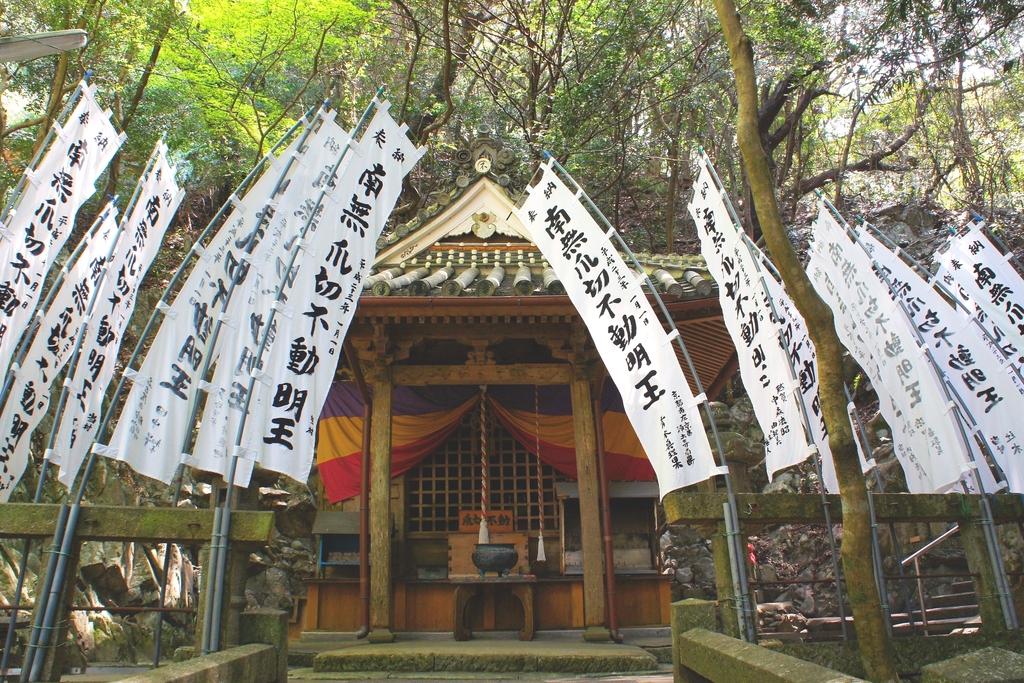
Tsumekirifudoson
Shima City
Ama visit at the beginning and end of the fishing season to worship.
-
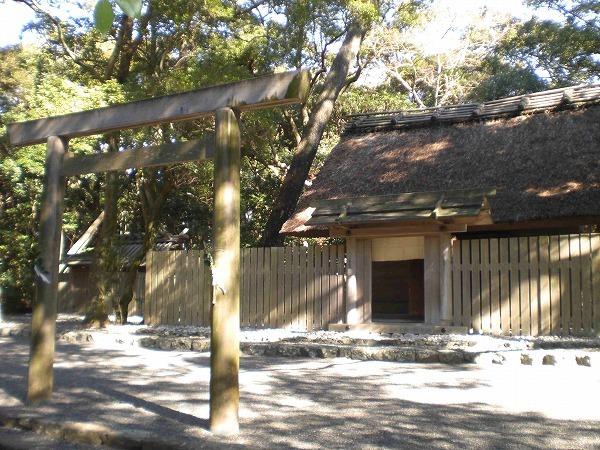
Mishiodono Jinja
Ise City
Salt is simmered in salt water from the salt fields of Mishiohama
-

Ukehi Jinja
Shima City
This statue is popularly referred to as Hanakake Ebisu.

